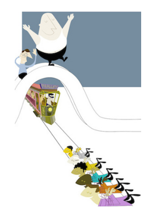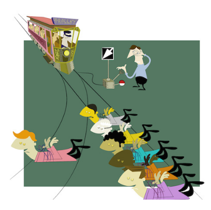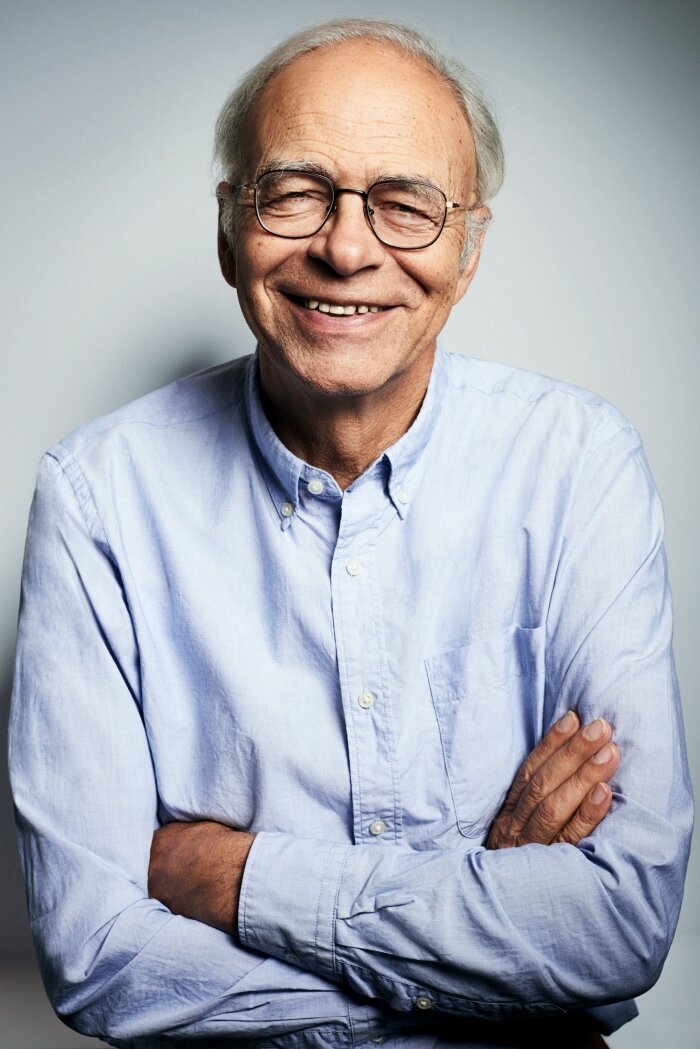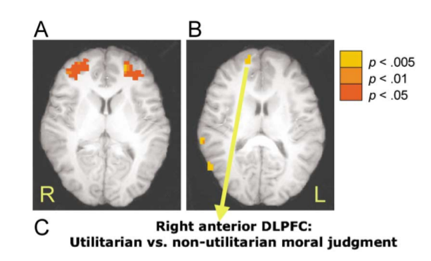In sum, if it seems that I have simply misunderstood what Kant and deontology are all about,
it's because I am advancing an alternative hypothesis to the standard Kantian/deontological understanding
of what Kant and deontology are all about. I am putting forth an empirical hypothesis
about the hidden psychological essence of deontology, and it cannot be dismissed a priori
for the same reason that tropical islanders cannot know a priori whether ice is a form of water.
- Joshua Greene's (2008, p. 74) 'The secret joke of Kant's soul'
Ethical Implications
|
|
|---|---|


Image source: http://www.joshua-greene.net/research/moral-cognition |
|


|

|
Background image taken from: https://cdn.asiatatler.com/asiatatler/i/th/2020/02/04101225-aurora-1185464-1920_cover_1920x1280.jpg This website has been coded using html, css, and js and is dedicated to B and H .